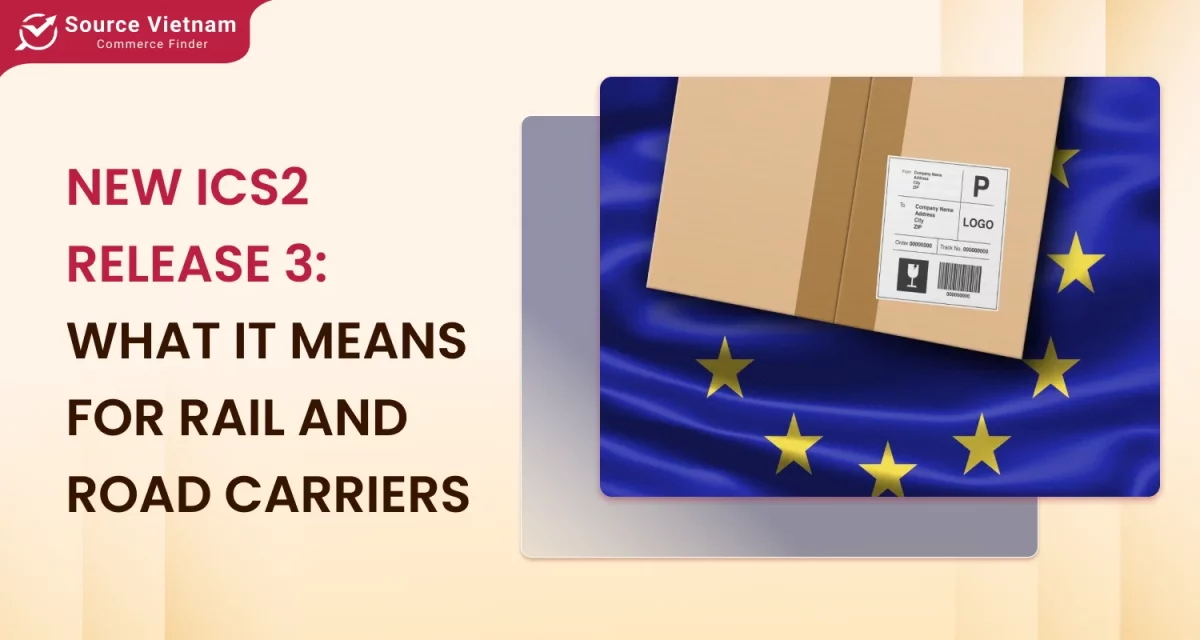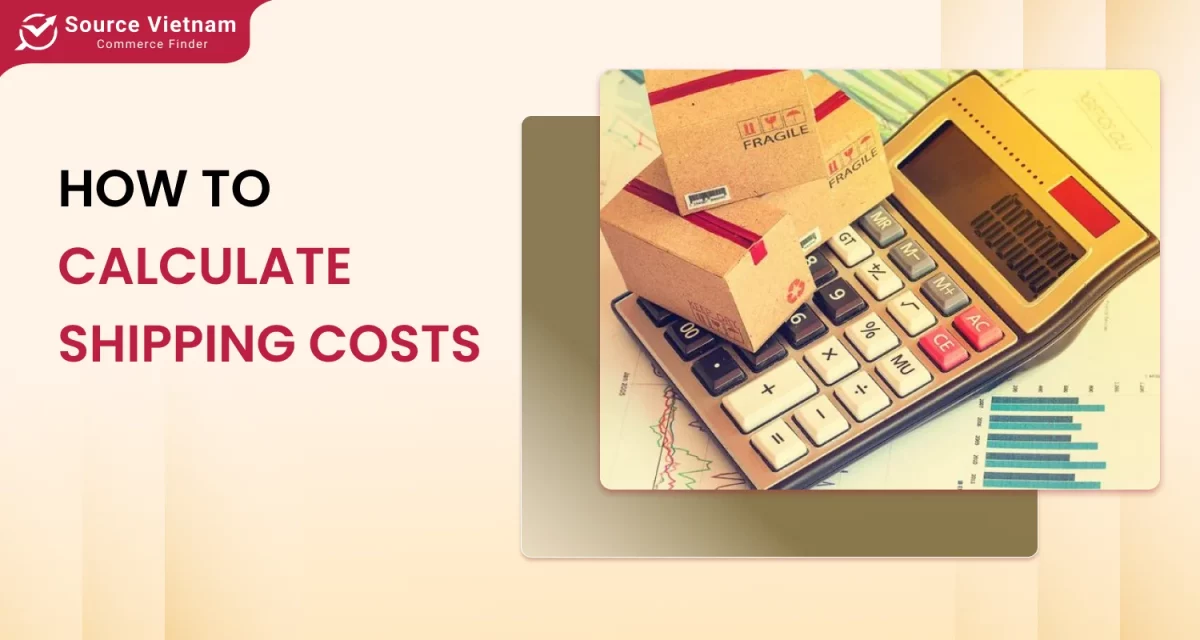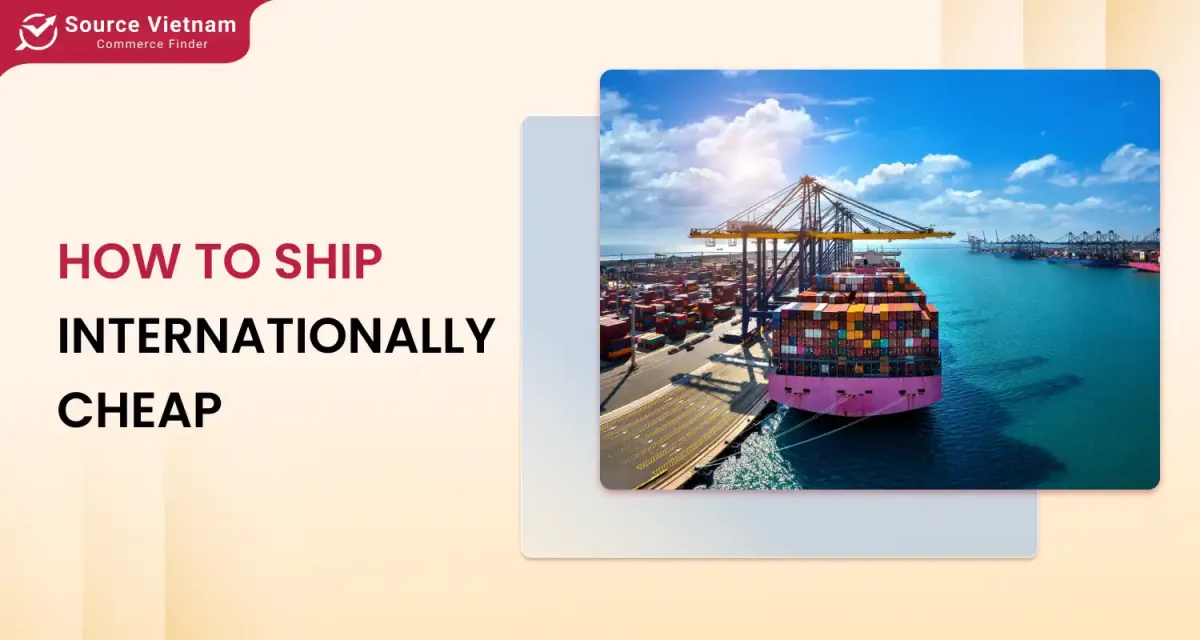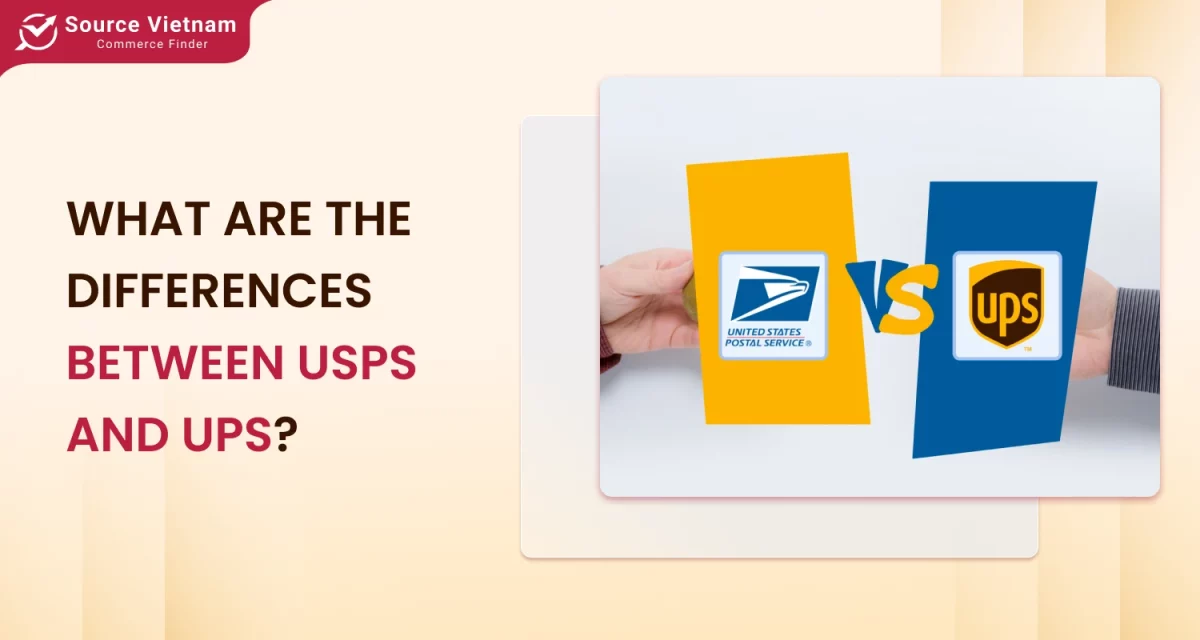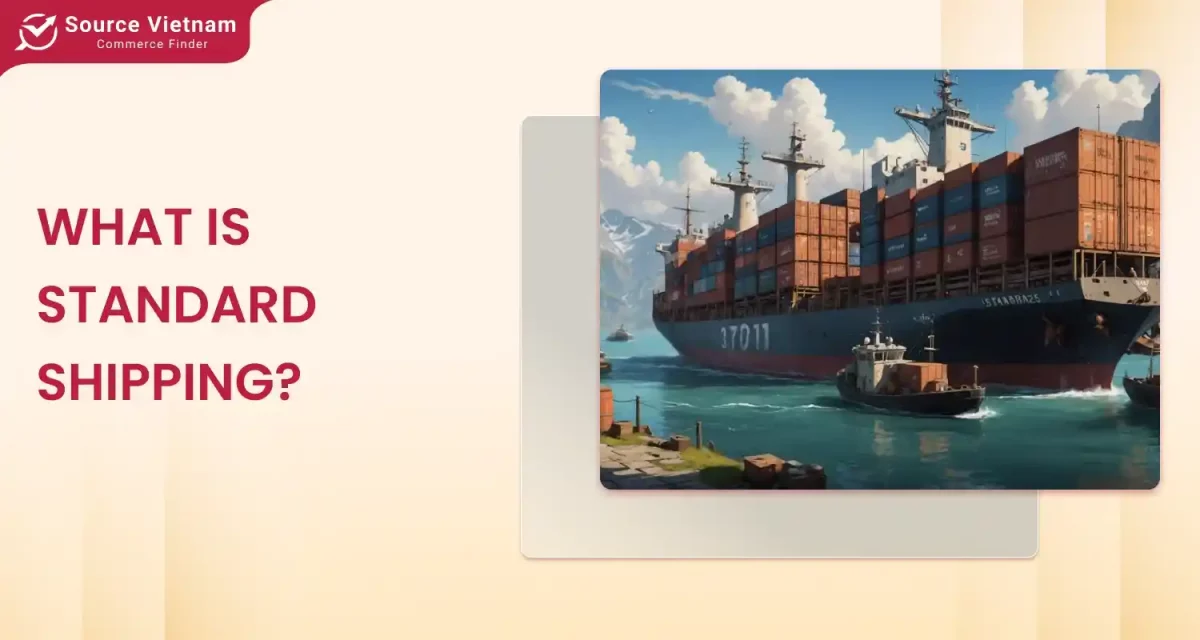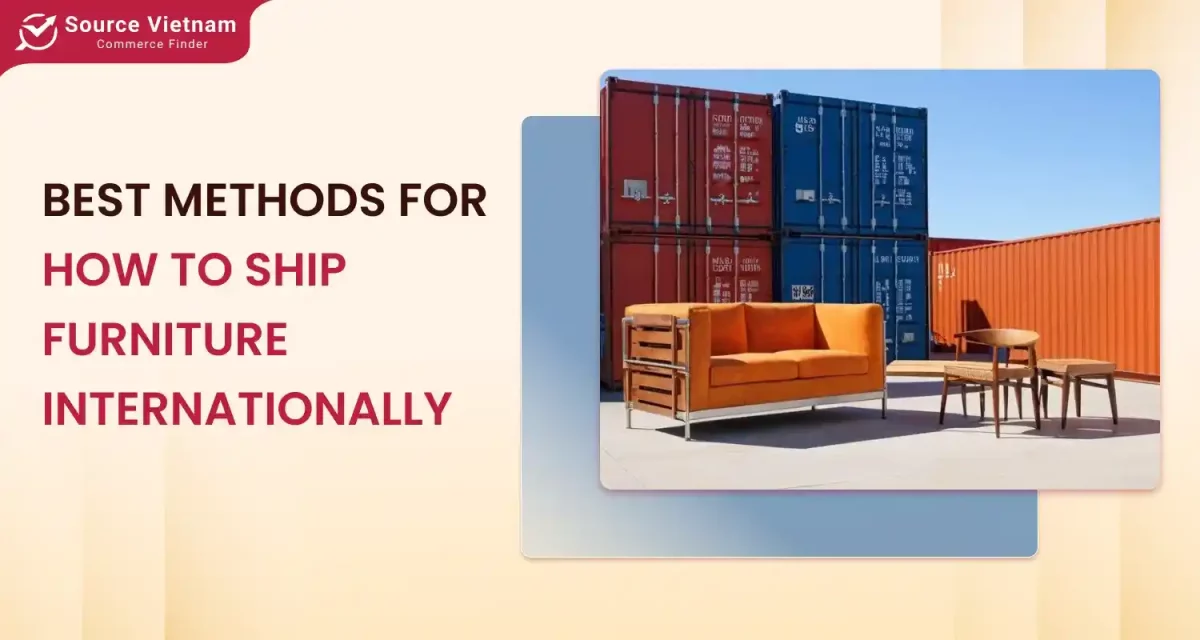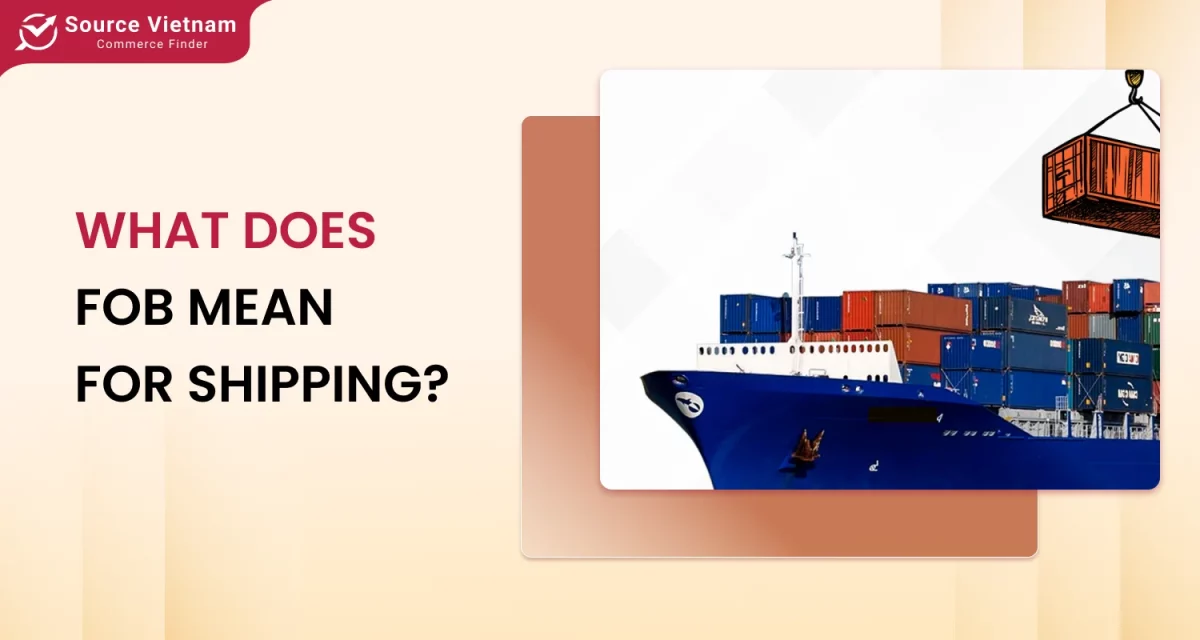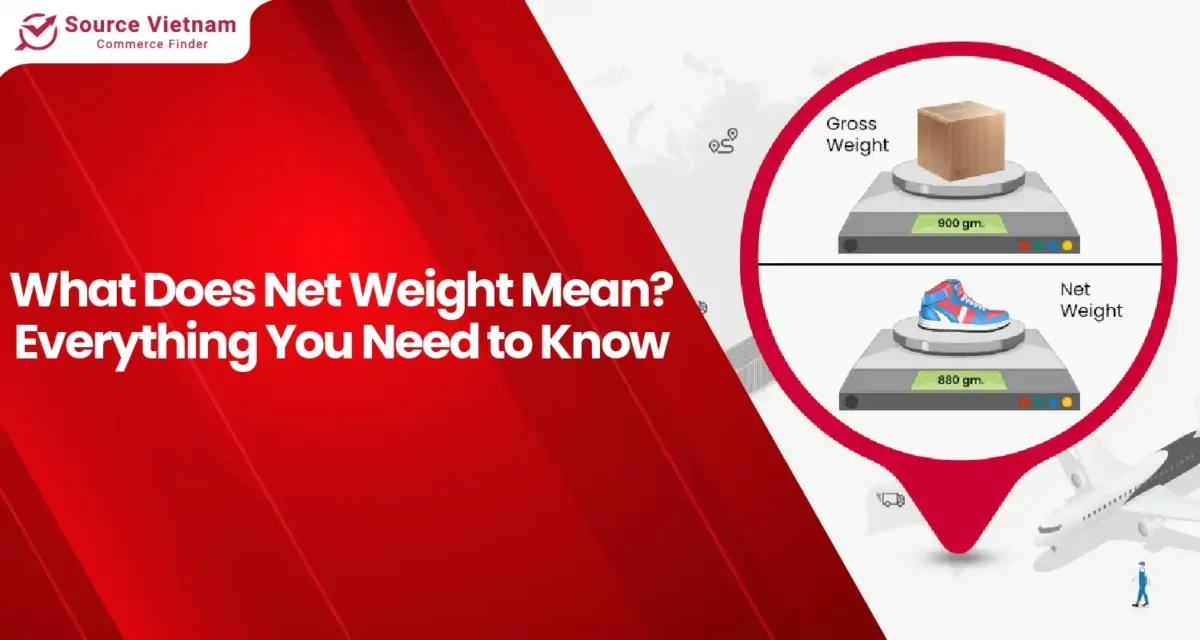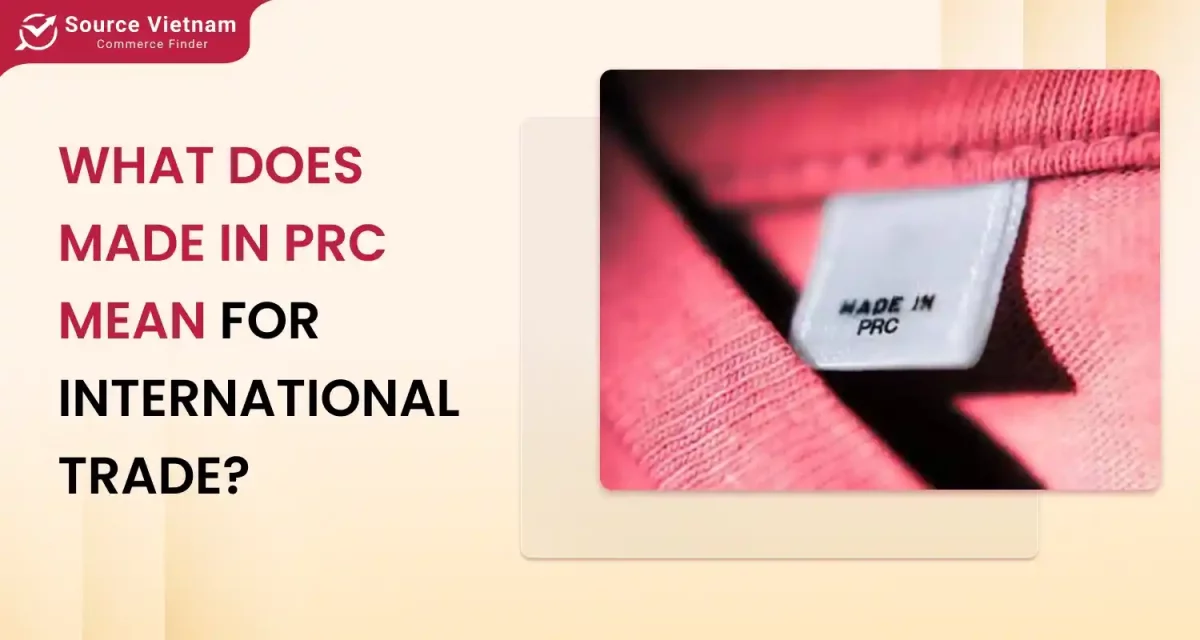Partial shipping is delivering products in an order in smaller, more frequent shipments. This can be due to various reasons, such as product availability, production constraints, or other specific needs. Explore what does partially shipped mean and detail information and everything you need to know about partial shipments in today’s article.
Insight:
- Partial shipping provides a flexible shipping solution for both buyers and suppliers.
- It is a customizable and efficient approach to meet specific requirements.
What does partially shipped mean on shopping?
Partial shipment refers to delivering goods in installments rather than in a single shipment between a buyer and a seller. This often occurs when a buyer places a large order, and the manufacturer cannot supply all the goods at once or for other reasons. This method allows customers to receive each order or individual item as it becomes available.
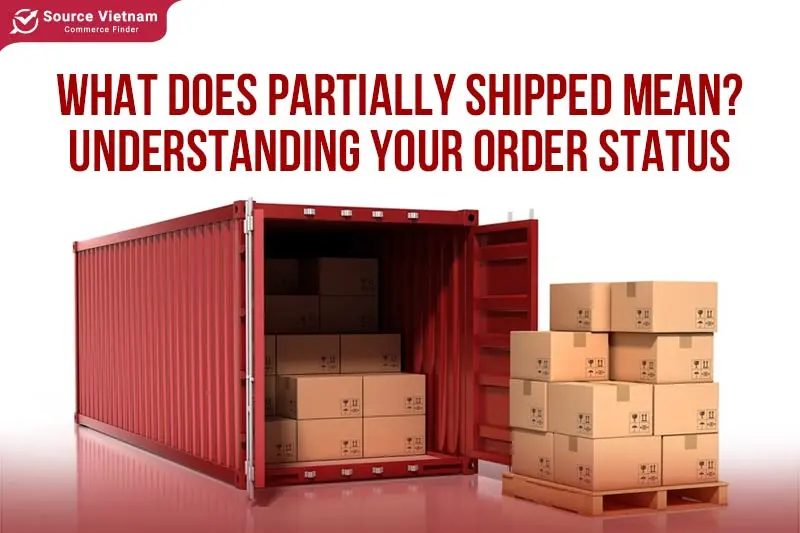
This shipping method applies when goods are shipped via multiple carriers, even if they go to the same destination or depart from the same port. In the context of import and export, partial shipments offer flexibility. Some popular e-commerce platforms like Amazon, eBay, Alibaba, and Shopify support partially shipped. However, to implement this shipping method logistic, both parties in the contract must clearly agree on the following terms:
- Detailed shipping information, frequency, quantity per shipment, and product quality.
- Delivery time and location for each shipment.
- Payment method and currency.
- Procedures for handling violations related to delivery time, product quality, and agreed-upon penalties.
- The responsibilities of both parties in case of failure to deliver goods on the agreed-upon schedule.
While partial shipments offer many conveniences, strict guarantees are necessary to ensure a smooth delivery process.
Read more: What Is a Blind Shipment? Explore Definition, Process, and Key Benefits
Common scenarios where this status is applied
Partial shipping is considered an optimal method for streamlining logistics processes, especially in e-commerce logistics, as it provides both buyers and sellers flexibility in commercial transactions. Some common scenarios where this shipping method is applied include:
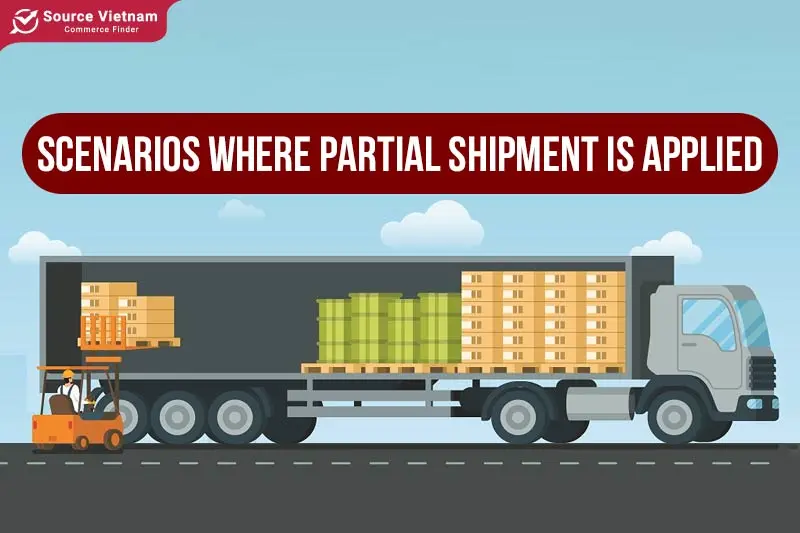
Supply chain challenges
A manufacturer or seller may not always be able to fulfill large orders immediately. When certain items in an order are out of stock or production issues arise, partial shipments allow customers to receive the available products promptly.
If products are stored in multiple warehouses, shipping goods from the nearest location can reduce delivery time, rather than requiring the manufacturer to consolidate orders before shipping to customers.
Production constraints such as production schedules, labor shortages, or insufficient materials can lead to delayed deliveries. Partial shipments can help customers receive a portion of their order immediately.
Targeted customer reach
For bulky or heavy items, partial load shipping can reduce shipping costs and the risk of damage, thereby providing a better customer experience.
Products requiring installation are often delivered in stages to coincide with the installation process.
In some cases, partial shipments can ensure more efficient delivery when multiple recipients for a single order exist.
Logistics optimization
If a shipment exceeds the transportation capacity, dividing it into smaller shipments can improve transportation efficiency.
Distributing orders across multiple shipments also helps balance the load for the carrier.
Other factors
Direct delivery upon customer request. If a customer requests partial shipment, products completed first will be delivered without waiting for all products to be finished in the order fulfillment.
When customers have modifications or additions to their orders after placing them, partial shipments can accommodate these changes or returns.
Why do orders get partially shipped meaning?
Suppliers and importers often turn to split shipments to mitigate supply chain challenges such as insufficient inventory or production setbacks. Insufficient inventory or production delays can necessitate partial shipments. Additionally, when products are stored in multiple warehouses, delivering from the nearest location or shipping available items first can expedite delivery.
Other factors include order and customer-related issues. For large or bulky orders, partial shipments can reduce shipping costs and minimize the risk of damage. Finally, transportation capabilities and logistics optimization also play a role. By dividing large shipments into smaller ones, businesses can improve delivery efficiency, especially for those with in-house delivery teams.
How to handle a partial shipment order
After understanding what partial shipment is, we will learn more about how it operates. Managing partial shipments requires additional care and communication. To efficiently handle partial shipments, sellers must:
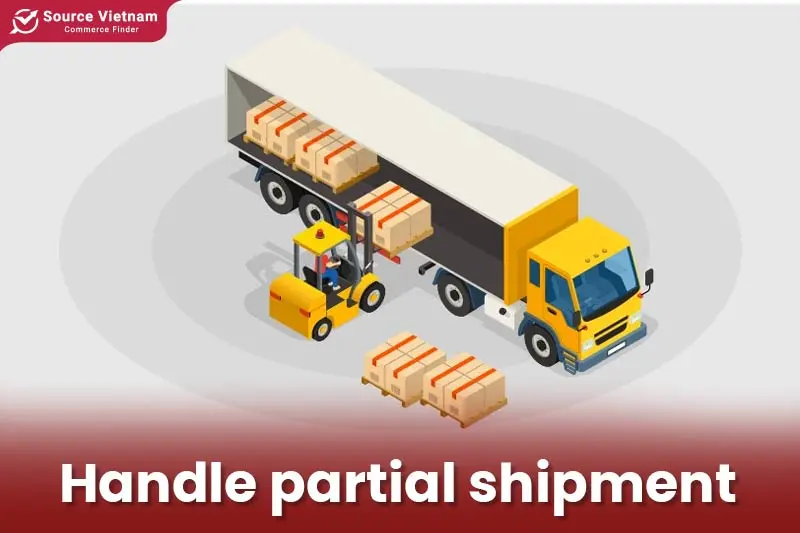
- Clear communication with customers: Suppliers should inform customers about each shipment’s delivery schedule and specific products. Additionally, they should provide accurate estimates for the remaining products and keep customers updated on their status.
- Scientific order management: Sellers must track each order to ensure accurate inventory and shipping process information. Order status should be updated regularly on their system, and preparations should be made for subsequent orders.
- Inventory management: Tracking and recording delivered and remaining products can help minimize overstocking or shortages. The inventory system should always reflect the quantity of available products for delivery.
- Customer support: Establish dedicated support channels for customers to discuss partial shipments. Orders and inquiries should be addressed promptly.
- Packaging and shipping: Ensure that orders are packaged securely to prevent damage during transit. Shipping labels should be checked for accuracy and completeness.
Note that for this type of delivery, the POD will be handled by the delivery person, the last person in the supply chain to have direct contact with the recipient.
Steps to take when you receive a partial shipment
If you are a business importing partial shipments, it’s crucial to carefully inspect your goods upon receipt to ensure completeness.
- Goods inspection: Upon receipt, thoroughly inspect all items for any signs of damage that may have occurred during transit. Verify that the quantity matches the order. If there are any discrepancies, take photos and immediately notify the supplier.
- Communication with the supplier: Partial shipments require ongoing communication between the buyer and seller. After receiving a shipment, contact the supplier to confirm the quantity received and inquire about the status of the remaining items.
- Retain documentation: Keep all shipping documents and invoices for future reference, especially in case of discrepancies or damages.
- Order tracking: Continuously monitor the status of missing items and subsequent shipments to stay informed about your order.
Pros and cons of partial shipments
This shipping method offers great flexibility and convenience, but it also comes with its own set of challenges. Let’s explore some of the advantages and disadvantages of this shipping method.
Pros
- Enhanced customer satisfaction: Customers can receive their desired products sooner, leading to higher satisfaction.
- Efficient warehouse management system: Minimizes the risk of excess inventory by allowing for gradual product inflow.
- Cost savings: For bulky or oversized items, partial shipments can reduce transportation costs.
- Risk mitigation: Dividing shipments into multiple deliveries can mitigate the risk of total loss in case of damage or loss.
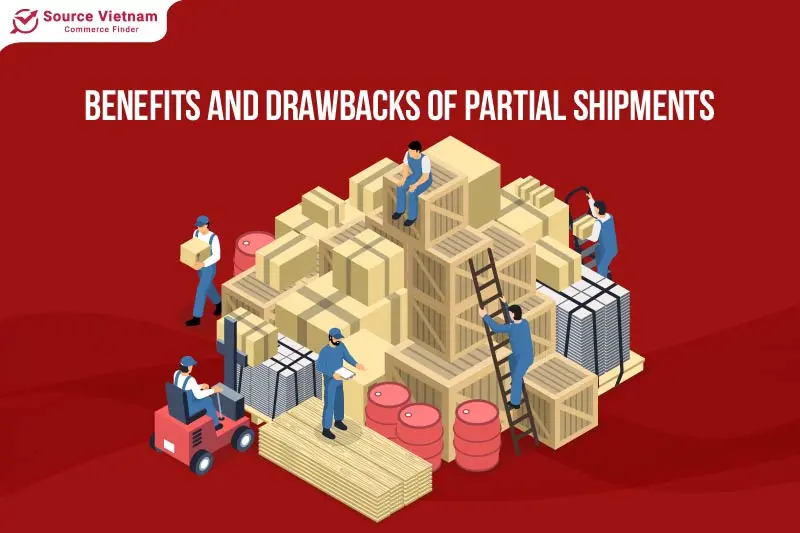
- Flexibility: Provides production and shipping schedules for suppliers and customers.
- Cost efficiency: Helps reduce inventory costs, lowers capitalization, optimizes space, and eliminates the need for excessive investment in transportation infrastructure.
- Optimized cash flow: Enables the use of funds from partial shipments to pay for other products before they are shipped, improving cash flow.
Cons
- Increased shipping costs: The frequency of deliveries associated with partial shipments can significantly drive up overall shipping expenses due to additional handling, routing, and carrier fees.
- Increased administrative burden: Managing multiple shipments can lead to a substantial increase in administrative tasks, including order processing, inventory management, and customer service inquiries, which can strain resources and reduce efficiency.
- Customer inconvenience: Customers may experience inconvenience due to the need to receive and track multiple shipments, potentially resulting in errors in inventory management and an increased risk of damage or loss.
- Potential for delays: The fragmented nature of partial shipments can increase the likelihood of delays in receiving the complete order, leading to disruptions in production schedules or customer fulfillment.
- Environmental impact: The increased transportation associated with partial shipments contributes to higher carbon emissions and a larger environmental footprint, exacerbating concerns about climate change and sustainability.
Best practices for retailers handling partial shipments
As a retailer offering partial shipments, thorough preparation is essential for a smooth process. Key elements include clearly communicating shipping details, tracking orders, updating order statuses, managing inventory, and overseeing the shipping process. Additionally, investing in a robust customer service system is crucial. By adhering to these factors, retailers can mitigate the challenges associated with partial shipments and optimize their delivery process.
Many e-commerce platforms utilize partial shipment
Thanks to its convenience and flexibility, this delivery method is increasingly being adopted by e-commerce platforms. SourceVietNam – a convenient wholesale goods platform, supports this delivery method among these platforms. If you want to import a large quantity of goods for business but want to receive them in smaller batches for easier capital turnover and according to your business needs, SourceVietnam can fully support you with this import way.
SourceVietNam offers various payment methods to support your import process. For full imports, you can pay directly on the platform. For partial imports, all payments (including deposits and payment methods) will depend on the agreement between you and the supplier. This will make the payment process more convenient for you.
SourceVietNam’s adoption of this delivery method aims to serve the diverse needs of both buyers and sellers, making your business journey more convenient. SourceVietnam provides the best wholesale products at the most convenient prices for your business journey!
Conclusion
The explanation above clarifies what does partially shipped mean. This shipping method is becoming increasingly common due to its benefits for buyers and sellers. SourceVietNam, a leading wholesale sourcing platform, leverages this shipping method to offer businesses a more efficient and flexible importing process. Businesses can make the most of SourceVietNam’s services by understanding partial shipment status, businesses can make the most of SourceVietNam’s.
FAQ about the partially shipped
Why did only part of my order ship?
There are a few reasons why this might happen: items could be temporarily out of stock, the items might be stored in different warehouses, or the items might be too big or heavy to ship together. Some items might be on backorder, or your order might have been split into multiple shipments.
Will I be charged extra for multiple shipments?
Typically, yes, you would be charged extra. However, there are exceptions where you might not have to pay additional fees, such as when the retailer offers free shipping or absorbs the extra shipping costs.
How can I track the remaining items of a partially shipped order?
To track your order, you can check the tracking information provided by the seller, contact customer support, check your email, and other notifications.
What should I do if my partial shipment is delayed?
There could be several factors causing the delay in your shipment. Please contact the shipping carrier or the sender, keep a record of all communications, and consider alternative shipping options and delivery status. Check your order status details for any discrepancies and remain patient while the issue is resolved.
Why is my order partially shipped?
Product availability, multiple warehouse locations, backorders, and carrier delays contribute to partial shipments.

